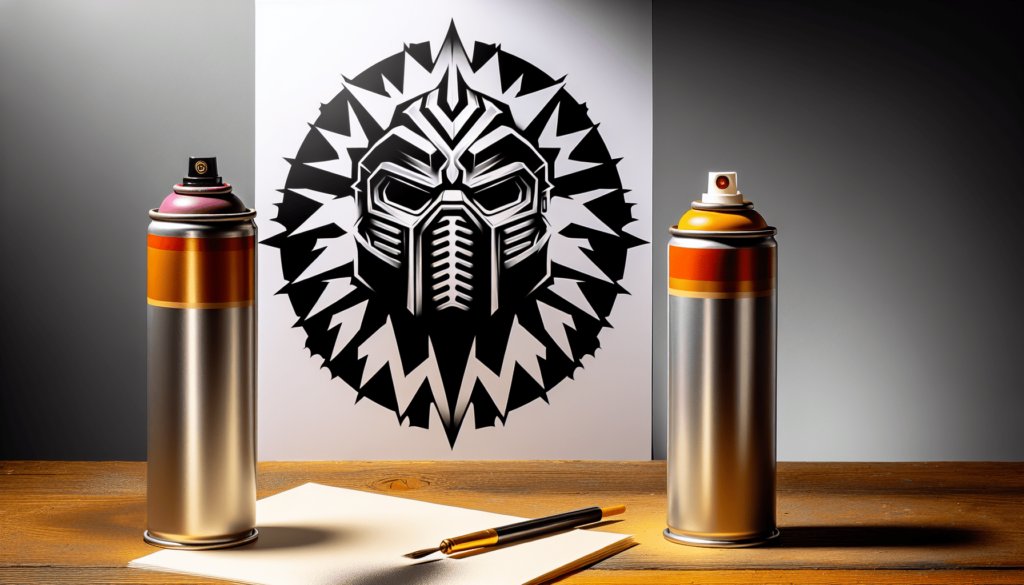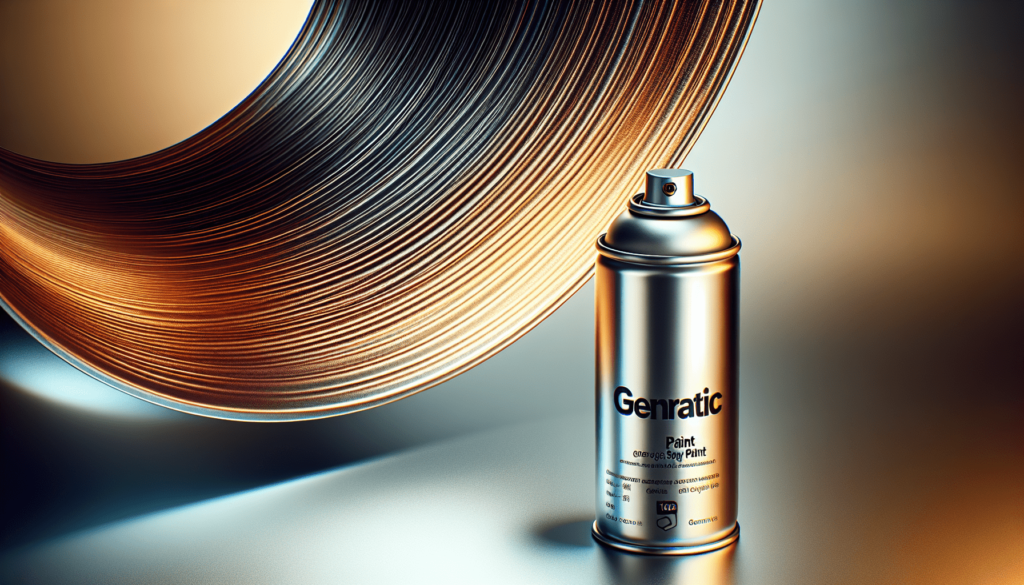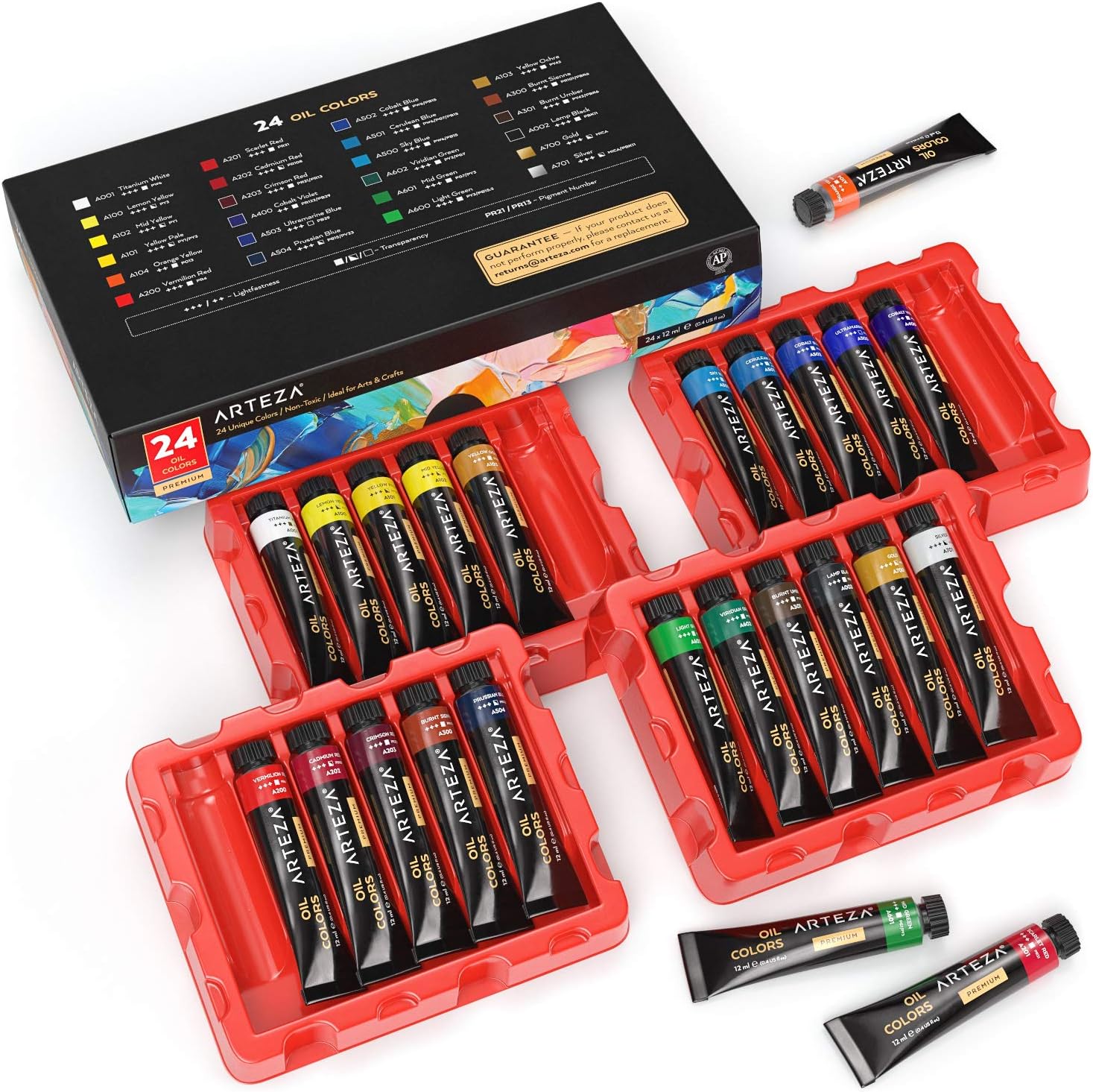In the article “Is Rustoleum Spray Paint Oil Based,” you will find a comprehensive analysis of Rustoleum spray paint’s composition and its various applications. The article delves into the specific chemical properties of Rustoleum products, emphasizing whether they are oil-based or not. It aims to provide you with clear and concise information to aid in your decision-making process for DIY projects, automotive finishes, and industrial applications. By the end of this article, you will have a thorough understanding of Rustoleum spray paint’s formulation and its suitability for different types of surfaces. Have you ever wondered about the composition of Rustoleum spray paint, specifically whether it is oil-based? This question often arises among DIY enthusiasts, professional painters, and even home decorators who are meticulous about the materials they use. Understanding the nature, benefits, and applications of Rustoleum spray paint can help you make informed decisions, ensuring the best results for your projects. In this article, we will delve into the specifics of Rustoleum spray paint, discussing its oil-based nature, and much more.
What is Rustoleum Spray Paint?
Rustoleum spray paint is a widely recognized brand in the realm of protective and decorative paints. Founded in 1921, Rustoleum has built a reputation for its durability, versatility, and ease of use. The brand offers a vast array of products catering to different surface types and user needs, including both oil-based and water-based formulations.
Types of Rustoleum Spray Paint
Rustoleum spray paint is categorized into various types depending on their specific application and formula. Let’s break down the major categories:
| Type | Description |
|---|---|
| Oil-Based | Known for durability and longer drying times. Ideal for metals and harsh environments. |
| Water-Based | Quick-drying and easier to clean. Environmentally friendly. |
| Specialty | Designed for specific applications like high heat, automotive, or appliance repair. |
| Universal | Offers versatility across multiple surfaces and includes both oil- and water-based options. |
Understanding the different types helps you choose the right product for your specific project, aligning with the performance you expect and the surface you plan to cover.
Is Rustoleum Spray Paint Oil-Based?
A common query pertaining to Rustoleum products is whether their spray paints are oil-based. The answer is not straightforward as Rustoleum offers both oil-based and water-based spray paints. However, many of the traditional Rustoleum spray paints people are familiar with are oil-based.
Identifying Oil-Based Rustoleum Spray Paint
To determine if a particular Rustoleum spray paint is oil-based, you need to look at the product label and datasheets provided by the manufacturer. Generally, oil-based spray paints will explicitly state “oil-based” on their labels. Additionally, oil-based paints will often indicate the need for paint thinner or mineral spirits for cleanup, another telltale sign.
Benefits of Oil-Based Spray Paint
Oil-based paints provide several advantages which include:
- Durability: Oil-based spray paints are exceptionally durable and tend to be more resistant to chipping, stains, and wear.
- Adhesion: They adhere well to a variety of surfaces including wood, metal, and plastic.
- Finish: These paints typically offer a smoother and glossier finish compared to their water-based counterparts.
- Coverage: Oil-based paints tend to cover more thoroughly, often requiring fewer coats.
Drawbacks of Oil-Based Spray Paint
While oil-based spray paints have their advantages, they also come with certain drawbacks:
- Drying Time: Oil-based paints take longer to dry, which can be inconvenient for quick projects.
- Odor: They emit strong fumes that can be unpleasant and require proper ventilation.
- Cleanup: Cleaning after an oil-based paint project requires solvents like mineral spirits, which can be messy and hazardous.
- Environmental Impact: They generally have higher levels of volatile organic compounds (VOCs), contributing to environmental pollution.

Comparisons: Oil-Based Vs. Water-Based Rustoleum Spray Paint
When deciding between oil-based and water-based Rustoleum spray paint, it’s crucial to consider the differences. Here’s a comparative look:
| Feature | Oil-Based Spray Paint | Water-Based Spray Paint |
|---|---|---|
| Drying Time | Longer (several hours to days) | Quick (minutes to a few hours) |
| Durability | High, ideal for high traffic areas | Good but can be less durable |
| Finish | Smoother and glossier | Available in various sheens, less glossy |
| Odor | Strong fumes | Low odor |
| Cleanup | Requires solvents (mineral spirits/thinner) | Easy cleanup with soap and water |
| Environmental impact | Higher VOCs | Lower VOCs, more eco-friendly |
| Versatility | Excellent adhesion across many surfaces | Better for primers and layering |
Choosing the right type hinges on your specific needs and project requirements. For enduring protection and a professional finish, oil-based might be the way to go. For ease of use and safer indoor application, water-based options could be preferable.
Application Tips for Rustoleum Oil-Based Spray Paint
Applying oil-based paint successfully requires some knowledge and preparation. Here are some tips to help you achieve the best results:
Surface Preparation
Preparation is key to ensuring a smooth and durable finish:
- Clean the Surface: Remove any dirt, grease, or rust. Use a de-greaser if necessary.
- Sand: Lightly sand the surface to create a rough texture for better paint adhesion.
- Prime: Apply a suitable primer if the surface is porous or previously unpainted.
Painting Process
- Shake Well: Shake the can vigorously for at least one minute after the mixing ball starts to rattle.
- Test Spray: Perform a test spray on a piece of cardboard to ensure the nozzle is clear and the spray pattern is consistent.
- Apply Evenly: Hold the can 8-12 inches away from the surface. Use steady, back-and-forth motions while slightly overlapping each stroke.
- Multiple Coats: Apply multiple thin coats rather than one thick coat to avoid drips and runs. Allow proper drying time between coats.
Post-Application
- Ventilation: Ensure good ventilation during and after application to dissipate fumes.
- Cure Time: Be patient with drying and curing times, which can be longer for oil-based paints.

Safety Precautions
Using oil-based spray paint involves certain safety precautions to protect your health and ensure a successful project.
Personal Protective Equipment (PPE)
- Respirator: Always wear a respirator suited for paint fumes.
- Gloves: Use gloves to protect your skin from paint and solvents.
- Eye Protection: Safety goggles are essential to shield your eyes from accidental splashes and harmful fumes.
Working Environment
- Ventilation: Opt for a well-ventilated area such as an open garage or outdoors.
- Fire Safety: Keep the area free from open flames and sparks. Oil-based paints are flammable.
- Clean-Up: Dispose of paint-soaked rags and materials in a water-filled metal container to prevent spontaneous combustion.
Rustoleum Spray Paint Product Line
Understanding the Rustoleum product line can help in choosing the right spray paint for your needs. Here’s a look at some popular oil-based options:
| Product Name | Description | Finish | Dry Time (Touch) |
|---|---|---|---|
| Rustoleum Stops Rust | Ideal for metal surfaces, preventing rust and corrosion. | Glossy/Flat | 2-4 hours |
| Rustoleum High Performance | Suitable for industrial applications, offering high durability. | Gloss | 30 minutes |
| Rustoleum Painter’s Touch | Versatile, suitable for a variety of surfaces with fast drying. | Semi-Gloss | 20 minutes |
| Rustoleum Universal | All-surface performance, combining primer and paint in one. | Satin/Gloss | 30 minutes |
These options highlight the versatility and effectiveness of Rustoleum’s oil-based spray paints, catering to a wide range of applications.
Common Uses of Rustoleum Oil-Based Spray Paint
The applications of oil-based spray paint are diverse, ranging from automotive and marine uses to household and creative DIY projects.
Automotive
Rustoleum oil-based spray paint is extensively used in automotive settings for:
- Touch-Ups: Repairing minor scratches and chips on vehicles.
- Wheel Refinishing: Revamping and protecting alloy and steel wheels.
- Custom Paint Jobs: Providing durable, long-lasting finishes for custom car designs.
Marine
In marine environments, Rustoleum’s oil-based formulas are favored for:
- Boat Hulls: Offering resistance to harsh maritime conditions.
- Metal Surfaces: Preventing rust and corrosion on deck and engine parts.
Household Projects
Oil-based spray paint proves invaluable in household settings for:
- Furniture: Refinishing old furniture to give it a new life.
- Metal Fixtures: Protecting and decorating metal railings, gates, and fixtures.
- Outdoor Projects: Enhancing and safeguarding garden tools, ornaments, and outdoor furniture.
DIY and Crafts
Creative projects often benefit from the robust properties of oil-based spray paints, ensuring vibrant and enduring finishes:
- Art Projects: Creating unique art pieces with longevity in mind.
- Decorative Items: Customizing and refreshing home decor items.
Final Thoughts
Understanding whether Rustoleum spray paint is oil-based and knowing its benefits and drawbacks can greatly influence the success of your project. While oil-based spray paints offer durability, superior finish, and excellent adhesion, their longer drying times and stronger fumes might necessitate specific precautions and preparation.
Rustoleum, with its diverse product line, provides both oil-based and water-based spray paints, each suited for different applications. Knowing which to choose can help you achieve the best possible results for your particular project, whether it’s automotive, marine, household, or DIY crafts.
In conclusion, Rustoleum’s oil-based spray paints continue to be a top choice for those seeking a durable and professional-grade finish. By following the application tips, safety precautions, and understanding the product line, you are well-equipped to make informed decisions and achieve outstanding results in your endeavors.



